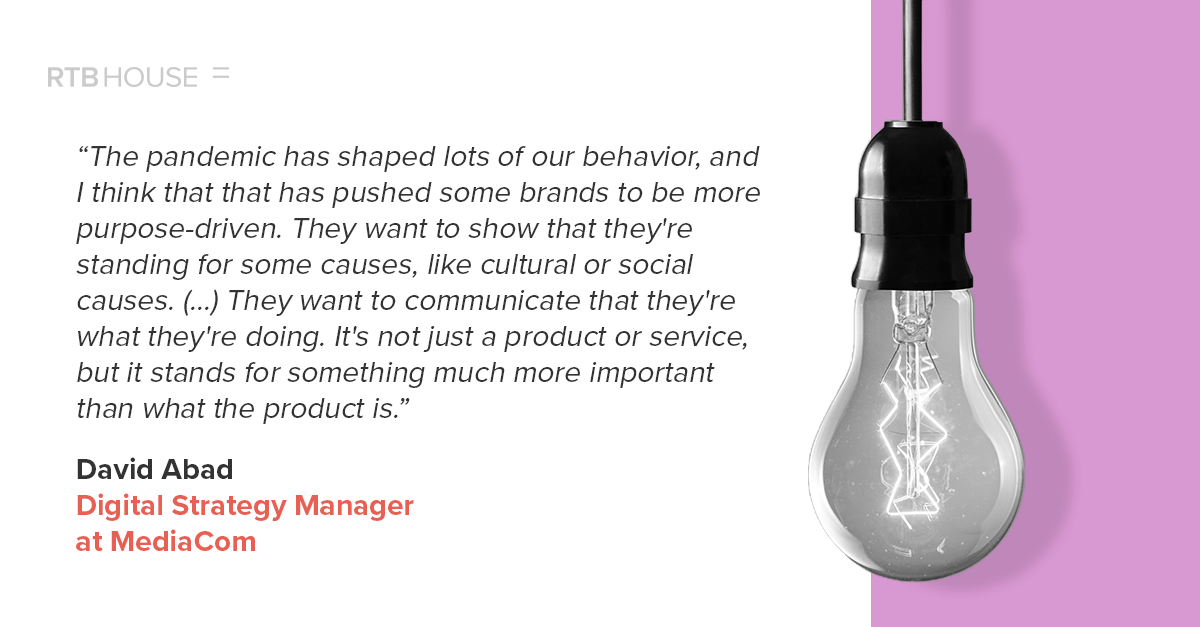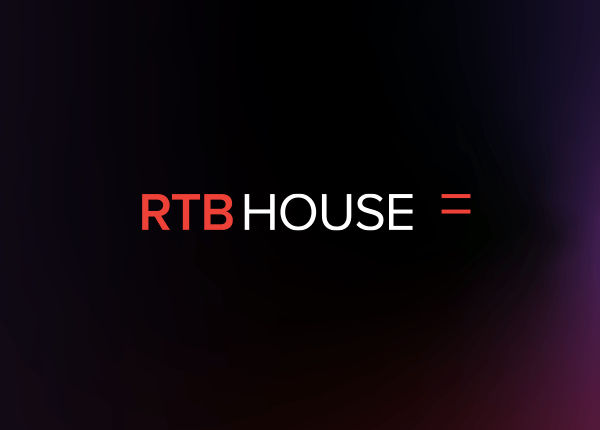Last Updated on: 10th July 2023, 08:07 am
The profound changes in consumer behavior that have swept the world in the last couple of years have also had distinctive local features. Cultural differences, penetration of technology, and the unique strategies of individual media players have all contributed. Nowhere is this more evident than in Latin America.
To get a sense of how campaigns will look in 2022 and what’s in store for the future of advertising, we talked to David Abad, Digital Strategy Manager at Mediacom, Colombia. We asked him to set out the key trends he sees in consumer behavior and what that means for the brands and agencies targeting them in the years ahead.
In this article you will learn about:
- Purpose-driven brands – The desire of consumers to align with brands that demonstrate purpose and values is set to grow globally and in Latin America especially.
- Connected TV – Consumers respond to Connected TV technology differently to traditional TV, and brand managers need to allocate spend to crafting dedicated messages for those audiences.
- Cookieless world and 1st-party data – Lookalike modeling as the central digital marketing strategy in the post-cookie ecosystem seems unstoppable, but compliance in 1st-party data is vital.
- Wearables and making data fun – Consumers are increasingly interested in sharing data about themselves and their lifestyles on social media.
- TikTok – Outside Mexico and Brazil, the recent rise of TikTok in the region signals a greater interest in a more organic form of advertising.
Table of Contents:
- Purpose-Driven Marketing and Connected TV
- Cookieless World and 1st-Party Data
- Wearables and Making Data Sharing Fun for Consumers
- The Rise of TikTok
It’s a brave person who tries to predict anything these days, but although digital advertising has been impacted by changes in consumer behavior and sentiment and regulatory pressures on privacy, some trends in 2022 and beyond are discernable.
The consumer on David Abad’s patch – which covers Latin American markets – is, like their counterparts elsewhere in the world, much smarter than ever before, and Abad has noticed a distinctive preference for values and purpose in the way brands present themselves.
Overall, the consumer is more empowered and aware and wants a more authentic and connected experience. This desire for more than a superficial and transactional relationship in marketing manifests itself in strikingly diverse ways: the search for purpose-driven brands, the rise of Connected TV, the rise of TikTok and consumers wanting to share their data in a fun way, all signal a shift for the future of advertising – in particular, the nature of the relationship between brand and consumer.

David Abad has been an astute observer of the digital marketing scene in Latin America for many years and has a notion that the shifts outlined above are here to stay:
“We’re living in a crazy world, the pandemic has shaped lots of our behavior, and I think that that has pushed some brands to be more purpose-driven. They want to show that they’re standing for some causes, like cultural or social causes. So that’s what I’ve seen with the brands I’m working with. They want to communicate that they’re what they’re doing. It’s not just a product or service, but it stands for something much more important than what the product is.”
Certainly, many consumers in Latin America don’t want to let brands be bystanders of tough conversations. Given the significant role ads play in shaping society, companies that align with social causes should make the most of their stance. Research supports this globally with 63% of global consumers preferring to buy products and services from purpose-driven brands. And, over 70% of customers are more likely to recommend a brand that supports a good cause.
Purpose-Driven Marketing and Connected TV
Consumers who have long sought out online content that speaks to their values are now using Connected TV technology as their default platform – for entertainment, news and mainstream content as well as the internet. For Abad, that creates a direct challenge to marketers who need to step up.
“So before 2021 and 2020, the technology was there, but we were not being pushed to deliver in that kind of space. Now brand managers are telling us we need to be there. They say: “We want to be there because that’s where audiences are.”
So what has driven this?
“Agencies, brands, and audiences are all meeting on these new technology platforms, which attract audiences partly because of the subscription models like ‘Netflix’. While they don’t allow ‘direct’ advertising, outside those models, consumers especially respond to ads that are for brands that show their purpose. “
Cookieless World and 1st-Party Data
Although it has become a cliché to say that the cookieless world will redefine digital marketing, it does create the opportunity to trigger a completely fresh start for the industry. The one variable that gives advertisers the edge is the value that they, or their agencies, can engineer through available 1st-party data. And that could mean an even data-playing field for advertisers.
“We all thought that it [privacy regulation] was going to be a huge change, like 180-degree change, but it has taken more time. It’s a working process. Every one of us is trying to look for a solution.”
Once again, a more authentic relationship with the consumer is key: for Abad, maximizing the collection, aggregation, and creative activation of 1st-party customer data is a holy grail that brands need to focus on. And, as a cookieless future approaches, it has fallen on marketers to make the most of 1st- and 2nd-party data types through reliable and secure data sources. This means all eyes are on lookalike modeling and more connected, collaborative and consented consumer data.
“I think that’s where it’s shifting. Once we are confident that the data is privacy compliant and correctly gather 1st-party data, we can activate lookalike models. That’s the solution that everyone is talking about, but you have to get the compliance right first.”
Wearables and Making Data Sharing Fun for Consumers
Over the last year or two, the seismic shifts in consumer behavior have not all been focused on ethical and moral perspectives. Tech has found a place it never had before as a way of life. For Abad, wearables are part of a trend towards making tech fun as much as a tool for productivity or a means to access entertainment. In short – everyone can be a geek these days. And that can even extend to data. Abad cites Strava, the exercise app with social features that allow cyclists and others to share their activities. For him it’s an example of the gamification of tech that has taken off in the last couple of years.
“I love cycling and it is amazing what Strava can do. And it shifts the conversation about privacy, because, of course, [usually] you don’t want to give your data to anyone but when they’re doing this kind of stuff … I’m competing with myself, and I’m competing with my peers. I’m giving them all my data … but it is in a fun kind of way.“
The Rise of TikTok
Another example of a more direct and intimate connection with audiences and consumers is the rise of TikTok, which has been slow to get traction in the region outside Mexico and Brazil.
“People see the same TV commercial for Instagram and Facebook, Twitter, YouTube and so on, but TikTok allows you to be more native and more organic. So you can have a more direct conversation with the users.”
Again, the personal experience of an authentic, connected voice in advertising is set to be critical in the Latin America campaigns of 2022 and ultimately for the future of advertising. It echoes an overall desire in consumers globally for a mature and savvy relationship with tech and advertising. With so much home-based shopping and recreational activity, the digital realm has been a lifeline for consumers in ways that could not have been foreseen just two years ago. In Latin America as elsewhere, the new centrality of digital in people’s lives has led to a steep learning curve for both brands and their customers, but the lessons learned could also yield a more dynamic and creative environment for campaigns in the years to come.
If you have any questions, comments or issues, or you’re interested in meeting with us, please get in touch.




